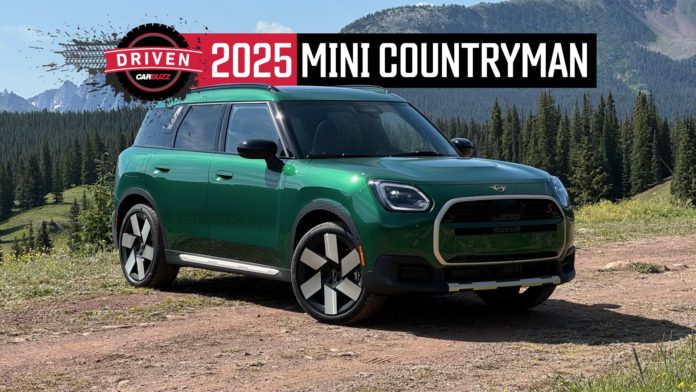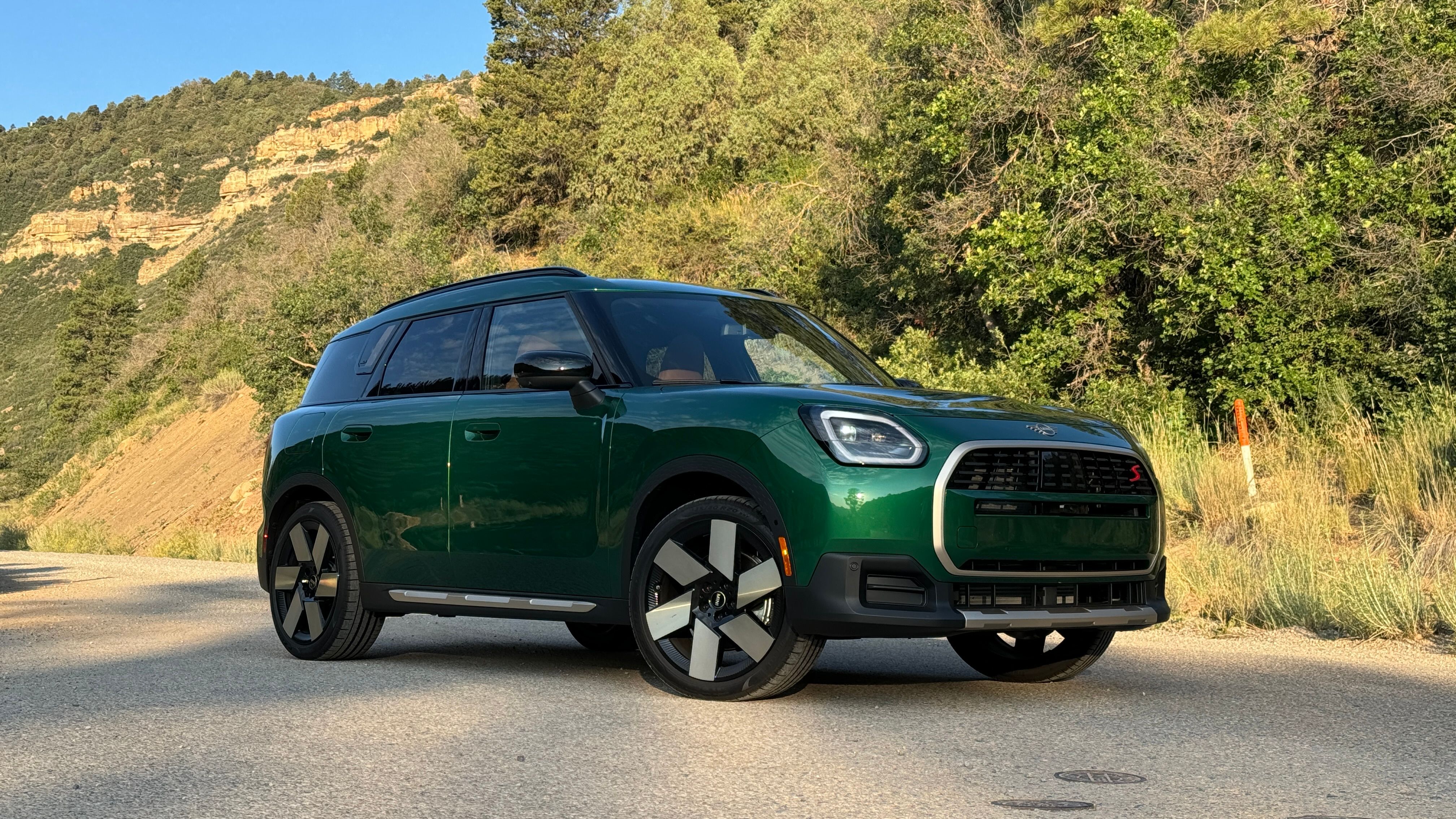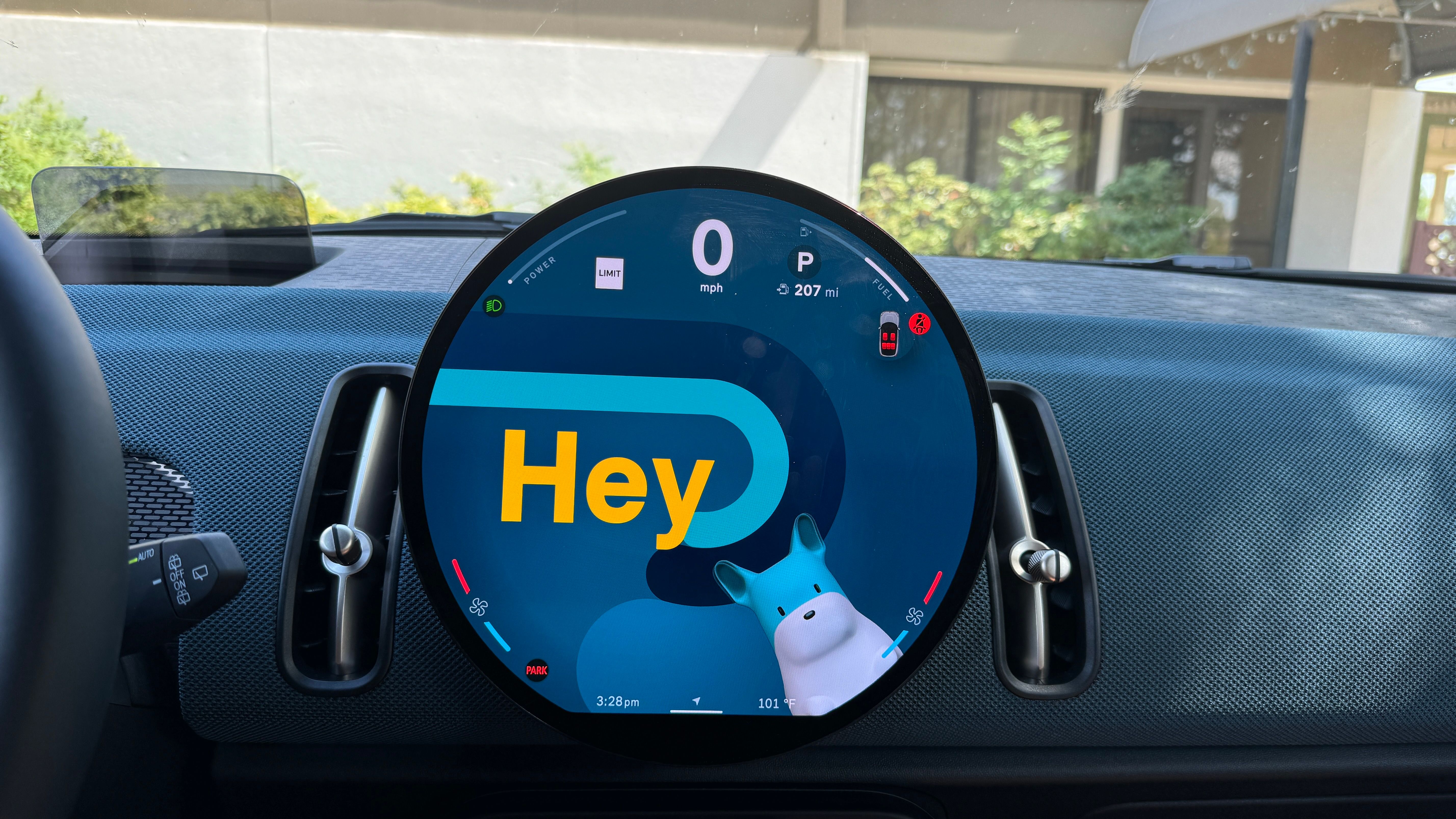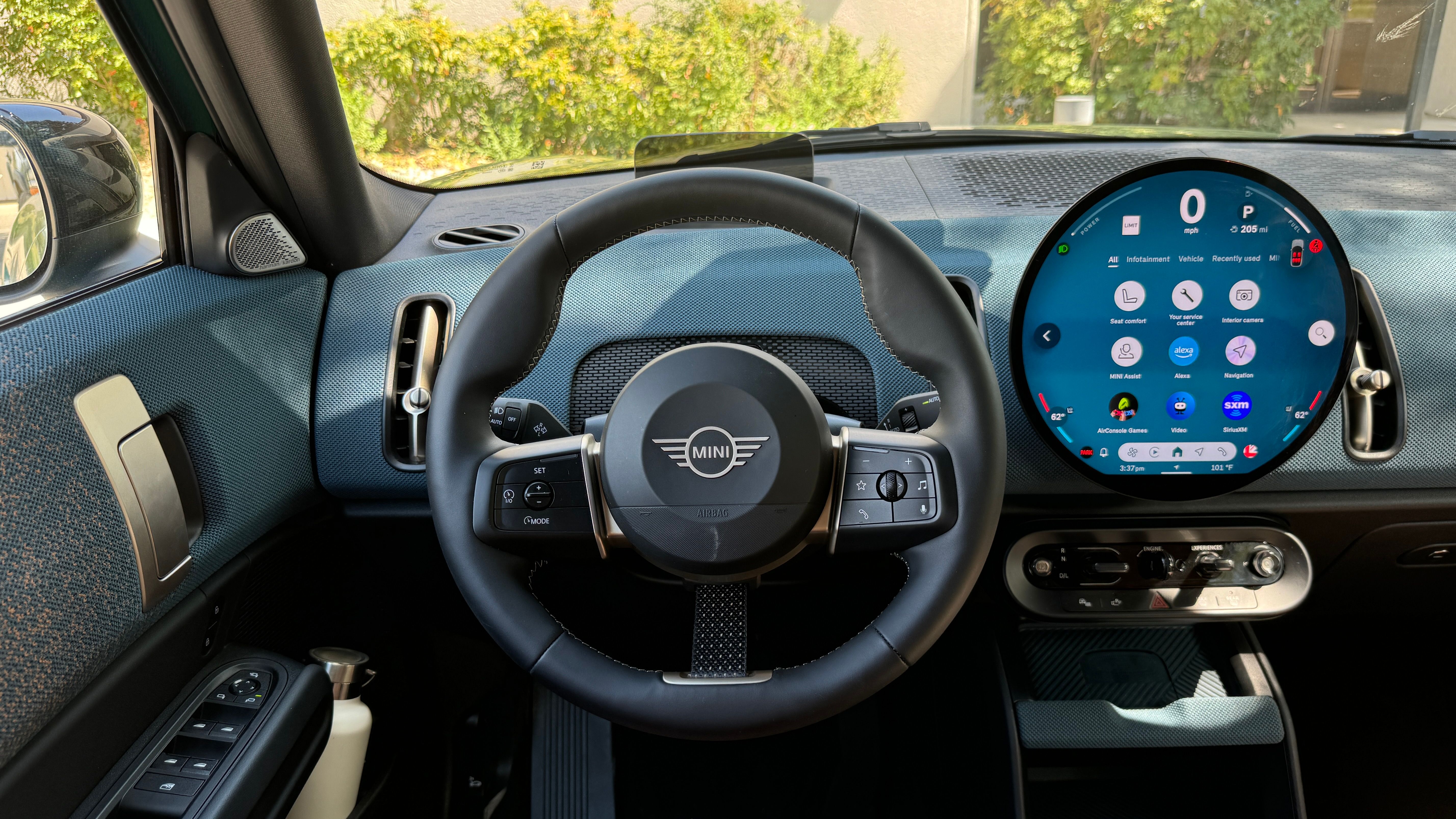The 2025 Mini Countryman is the largest Mini ever produced by the British brand. Why? Mini says it was losing customers to other automakers as their families outgrew the brand, so it increased the Countryman’s size to compensate. Is this a brilliant move that will bring in new customers, or a step too far that strays away from Mini’s original ethos? Having already driven the John Cooper Works and electric SE models, CarBuzz had a chance to drive the Countryman S at Mini Takes the States, an owner-centric event that crosses several US states on a road trip.
With no confirmed base model below it, the Countryman S now acts as the entry point to Mini’s SUV. It’s powered by a 2.0-liter turbocharged four-cylinder engine producing 241 horsepower, a substantial 52 hp increase over the outgoing S model. Those extra horses are tasked with carrying a lot more weight, nearly 160 pounds to be exact. On Colorado’s and Utah’s stunning mountain roads, we learned if the bigger Countryman still feels like a proper Mini.
Exterior: Larger, But Still Small
|
2025 Mini Countryman Dimensions vs. 2024 Mini Countryman |
||||
|---|---|---|---|---|
|
Model |
Length |
Wheelbase |
Height |
Width |
|
2025 Countryman |
175 inches |
105.1 inches |
65.2 inches |
81.5 inches |
|
2024 Countryman |
169.7 inches |
105.1 inches |
61 inches |
78.8 inches |
The third-generation Countryman, dubbed the U25, is significantly larger than the F60 model it replaces. It grows by over five inches in length, though the wheelbase remains the same. The new model is more than four inches taller and 2.7 inches wider – and this becomes noticeable when you park it next to the outgoing Countryman. This may be the biggest Mini ever, but it’s still small when compared with the market. The Alfa Romeo Tonale is over three inches longer, while a BMW X1 is closer in size (even a smidge wider), it’s still more than two inches longer than the Mini.
Mini didn’t just enlarge the car, it also matured the styling. The U25 is more boxy than its predecessor, leading to a design that’s funky but not too cutesy. Three customizable headlight and taillight patterns can change how the car looks at night, while nine exterior colors (five of which are new) help it stand out during the day. The carryover colors include Melting Silver III, Midnight Black II, Nanuq White, and British Racing Green IV, which is pictured here. Of the old colors, BRG is our favorite, and stands out as a classic Mini color. The new hues all look great too: Chili Red II, Smokey Green, Blazing Blue, Indigo Sunset Blue, and Slate Blue. Those colors can be paired with a body colored roof or a contrasting one in Jet Black, Vibrant Silver, or Glazed White.
There are two style themes to choose from: Classic or Favoured. Classic comes with 18-inch silver Asteroid Spoke wheels that look like they belong on a rental car. Opting for the Favoured finishes the 18-inch wheels in Vibrant Silver, which looks more like rose gold. We much prefer the 19-inch Kaleido Spoke two-tone wheels, which are $600 extra on the Signature Plus or a no-cost upgrade on Iconic. The 20-inch Windmill spoke wheels (pictured) are $1,200 on Signature Plus or $600 on Iconic, but we don’t love how they look with the rest of the styling.

Add CarBuzz to your Google News feed.
Interior: Quirky Goes Digital
To go along with Mini’s largest exterior, the Countryman gets the company’s most tech-forward interior. A new 9.4-inch circular display looks brilliant, though its functionality is less so. There’s noticeable lag when executing certain tasks, though the system feels snappier than when we first tested it. Over-the-air-updates should theoretically improve it. We’d like a few more buttons for functions such as fan speed and temperature, requiring fewer menus. Mini’s virtual assistant can be used for various tasks, and can be set to look like a Cooper or a British bulldog named Spike. It can also tell jokes, answer questions, or take shots at the Fiat brand by saying it “likes overtaking them.”
No matter how you configure it, no cows were harmed in the making of this interior. The Classic style gets black or grey Vescin Perforated vegan seats with cloth and blue accents, while the Favoured upgrades to full Vescin JCW Sport Seats in Beige, Vintage Brown (pictured), or Dark Petrol. Those unique colors are paired with various knit surfaces on the dash, which are made from recycled materials and should be water-resistant. Heated seats come standard, and you can get a massage seat on the driver’s side.
Practicality: Expanding The Brand
The Countryman’s larger size yields 25% more cargo space inside, which should keep some buyers with the Mini brand. There is 16.2 cubic feet of space behind the second row with sizable storage under the floor. Folding the rear seats opens the storage up to 51.5 cubes, more than the previous Countryman’s 47.6 cubes. We noted that folding the seats can be done in a 40-20-40 split, but requires you to pull three tabs located near the bottom of the rear seats, requiring some stretching and contorting to get them all down. Rear legroom is down by 0.6 inches per the numbers, but it feels roomier than the outgoing model.
Performance: More Power, Less Choice
Mini has only announced a single configuration for the 2025 Countryman in the US market: the Countryman S ALL4. This model uses a 2.0-liter turbocharged four-cylinder engine, tuned to deliver 241 horsepower and 295 lb-ft of torque. That represents a substantial increase over the outgoing model, which only produced 189 hp and 206 lb-ft of torque. Power is routed to ALL4 all-wheel-drive as standard via a one-choice-only seven-speed dual-clutch transmission. Mini claims a 6.2-second 0-60 mph time (a full second quicker than the outgoing model), which we did not have the opportunity to test for ourselves, but we believe the Countryman S to be a little quicker. This is also the first Countryman to receive a tow rating of 3,500 pounds.
Mini will sell a less powerful front-drive Countryman C with 170 hp in other markets, but that model has not been confirmed for the US yet. If you want a more powerful Countryman, the John Cooper Works and electric SE models have been reviewed separately.
16:40

Related
2025 Mini JCW Countryman First Drive Review: Maxing Out The Mini Formula
The New Countryman is bigger, more spacious, and more powerful.
Fuel economy is rated at 24/32/27 MPG city/highway/combined, which is a slight increase from the previous Countryman S ALL4 (23/31/26 MPG). On a several-hour drive through Colorado, we managed more than 33 MPG, besting the EPA rating.
Driving Impressions: Cross Country Mini
Driving along Colorado’s stunning mountain roads, the Countryman proved to be a perfect companion. It’s quiet and comfortable for long highway stints, but fun when it’s time to tackle turns. The steering is lighter than what you will find in the smaller Cooper, but placing the car in its Go-Kart mode firms it up significantly. This may be the largest Mini ever, but it still feels agile enough to keep within the lines on narrow mountain passes. Our tester did not have the $500 Dynamic Damper Control suspension, but it felt comfortable and controlled regardless.
The powertrain feels punchy, except off the line, where there is a modicum of turbo lag. We also noted that the seven-speed dual-clutch transmission can be caught off guard in certain passing situations, requiring a few seconds before shifting to the appropriate gear. Mini strangely excluded paddle shifters on the S, so you need to upgrade to the JCW if you want to shift yourself. The engine makes a satisfying growl when pushed, though much of this noise comes from the speakers, and it quiets down when cruising. After driving all three Countryman variants, the S is the most widely appealing, though we prefer the punchier performance of the electric SE.
16:40
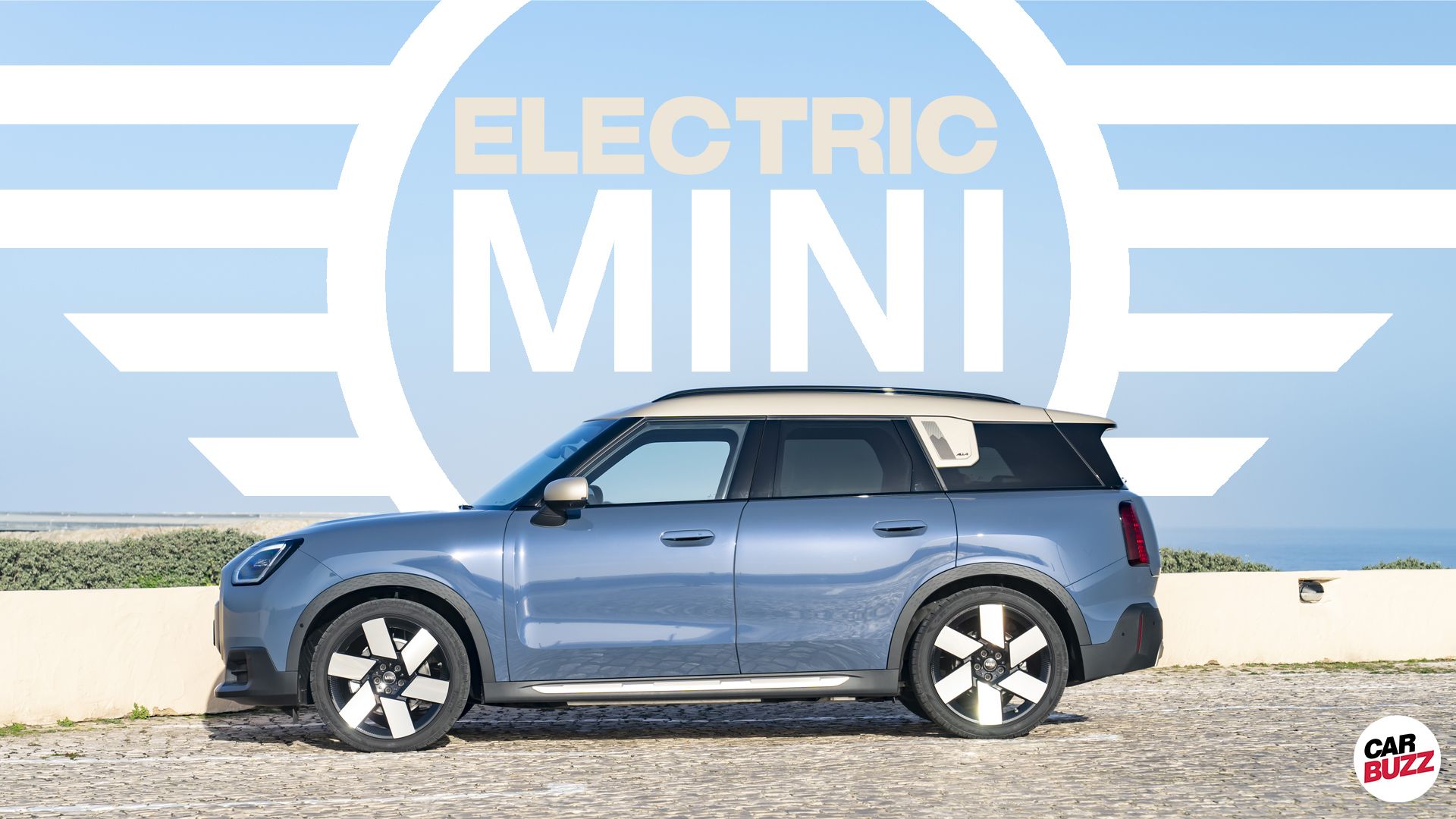
Related
2025 Mini Countryman Electric First Drive Review: Right Size, Right Drive
The electrified Countryman might finally be the right Mini for America.
Pricing & Verdict: Going Premium
Mini has always played in an empty sandbox with the Countryman, never competing directly with similarly sized crossovers. The Countryman competes above the typical mainstream options, but it’s not quite a luxury vehicle either. A Countryman S ALL4 Signature Plus starts at $38,900 (not including a $995 destination fee). The Iconic trim adds $3,200, bundling power seats, Harmon Kardon audio, larger wheels, additional safety features, and more, for tha price. The BMW X1, which shares a platform with the Countryman, is only a bit more expensive at $40,500, and comes with a more prestigious badge. Performance is the same, however.
There are some additional options that pull the Countryman S above $45,000, bordering on entry-level luxury territory. Given the high-quality interior and refinement, we think Mini justifies the high price point. The Countryman feels on par or nicer than a low-end Audi Q3, Mercedes-Benz GLA, or the X1 that it shares a platform with. It takes the Mini brand to new heights in more ways than one.

